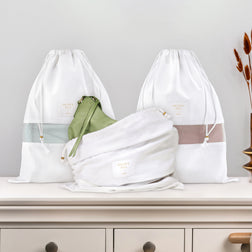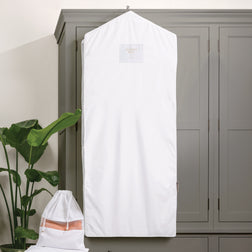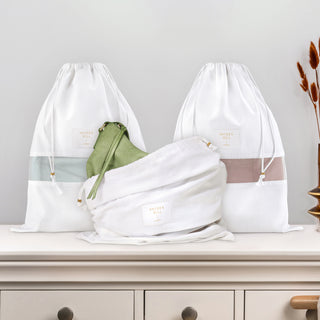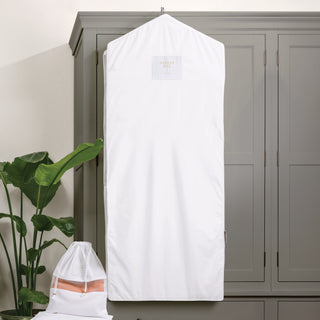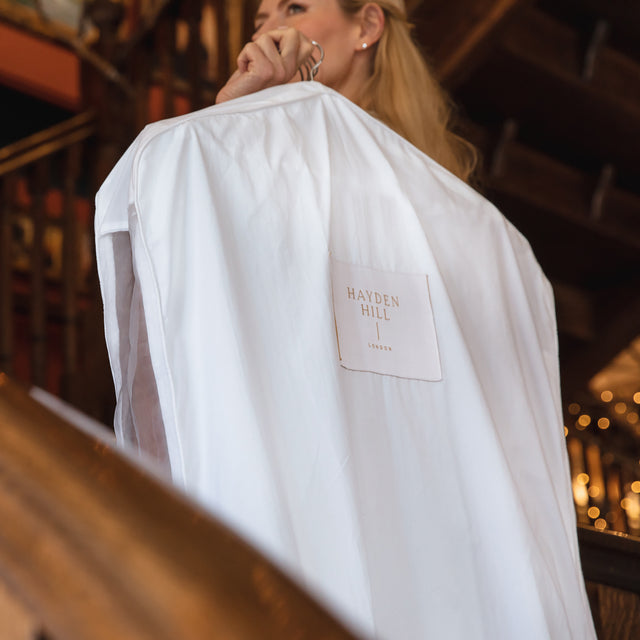Yellow stains, though frustrating, can be removed easily with ingredients you likely have on hand. Smart, spot-cleaning techniques and a few, easy preventive actions will keep your most valuable pieces of clothing in pristine condition for years to come.
When you are removing your clothes from seasonal storage and preparing them to be worn in a new season, it can be upsetting to find yellow stains on some of your favorite pieces.
But don’t panic. Most yellow stains are not permanent and can be removed with a bit of time and attention.
What Causes Yellow Stains on Clothes?
Yellow stains are caused by a chemical reaction between your sweat and aluminum-based deodorant. This reaction is powerful enough to make visible, yellow spots on white clothing and discolored areas on dyed clothing. And, if you do not treat yellow stains, they become more difficult to remove with time.
But the combination of sweat and deodorant is not the only reason your clothing has yellow stains. Here are some other factors that cause yellow stains:
- Not enough detergent. Without the right amount of detergent, oil, dirt, grime, and perspiration remains in your clothes and causes decomposition.
- Too much bleach. Even white clothing can turn yellow if exposed to too much bleach.
- Inadequate rinsing. Even if you use enough detergent, inadequate rinsing can leave a layer of soap scum behind. This lingering detergent will break down, causing yellowing.
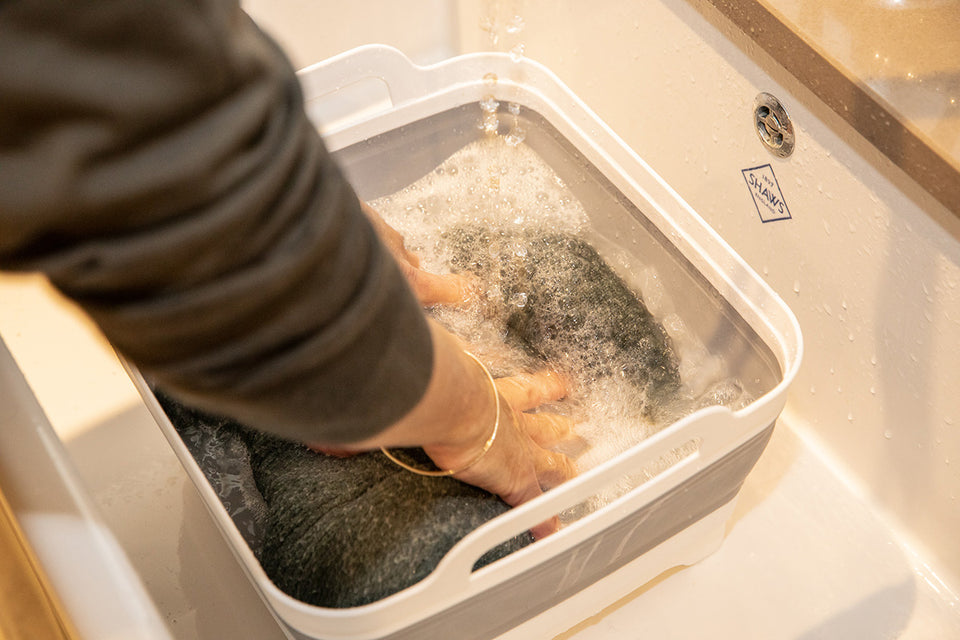
- Oxidation. Some substances and chemicals will break down when exposed to oxygen and turn your clothing yellow. For example, if you spill white wine on your blouse but don’t wash it out, you could later find brownish-yellow stains everywhere.
- Substances. Grease and nicotine stains that are not treated properly can result in discolored clothing over time.
How to Remove Yellow Stains From Clothes
If you find yellow stains on your clothing when you take it out of storage, don’t discard the item just yet. While the yellow stains look permanent, they are easy to remove. The key to getting rid of yellow stains is to create another chemical reaction.
And it’s likely you already have all the ingredients you’ll need to make a stain-fighting solution.
However, be sure to first spot-test any solution on a small section of the garment before applying it to the stain. Also, familiarize yourself with the washing instructions before cleaning the item.
Hot Water and Baking Soda
This method works best with garments that are not susceptible to heat damage, such as cotton and polyester. Mix 1 quart of hot water with 4 tablespoons of baking soda in a tub or basin. Let your stained garment soak for about 30 minutes. Remove the clothing from the mixture and put it in the washing machine.
When washing, use an enzyme-rich detergent that is made for breaking down oils and fats.
Lemon Juice
Because this method can be a bit harsh, it is not recommended for delicate garments or anything made with keratin-based fibers, such as wool and cashmere. Mix 1 gallon of hot water and a ¼ cup of lemon juice. The hotter the water, the better this method works, because it spurs a chemical reaction between the vitamin C in the lemon and the stain.
Soak your garment for 1-2 hours. Gently wring out the clothing then let it dry in the sun.

Vinegar and Water
White vinegar is perfect for spot-cleaning stains on all kinds of fabrics, including wool. Apply the solution using a spray bottle filled with equal parts water and white vinegar. Lightly mist the stain with the solution, and let it sit for 60 minutes.
Wash the items with cold water before you let them air dry. If the stain remains, repeat this process again.
Salt and Vinegar
This is a slightly stronger option for stubborn stains. Fill a basin with water, and add ½ cup of table salt and ½ cup of white vinegar. Submerge the stained clothing, letting it sit for 30-60 minutes. Remove the clothing, and wash it according to the care label’s instructions. You don’t even have to rinse before putting the garment in the washing machine.
Vodka and Water
Vodka can be used as more than a beverage. Not only does vodka disinfect surfaces, it also has remarkable stain-removing capabilities. All you need is one part vodka, one part water, and a bit of time to soak your clothing.
As with vinegar and water, rinse the garments with cold water before leaving them out to dry.
How to Store Clothes to Prevent Yellow Stains
To prevent stains before they occur, consider switching to an aluminum-free deodorant. Also, try to limit your exposure to nicotine, grease, oil, and other damaging chemicals.
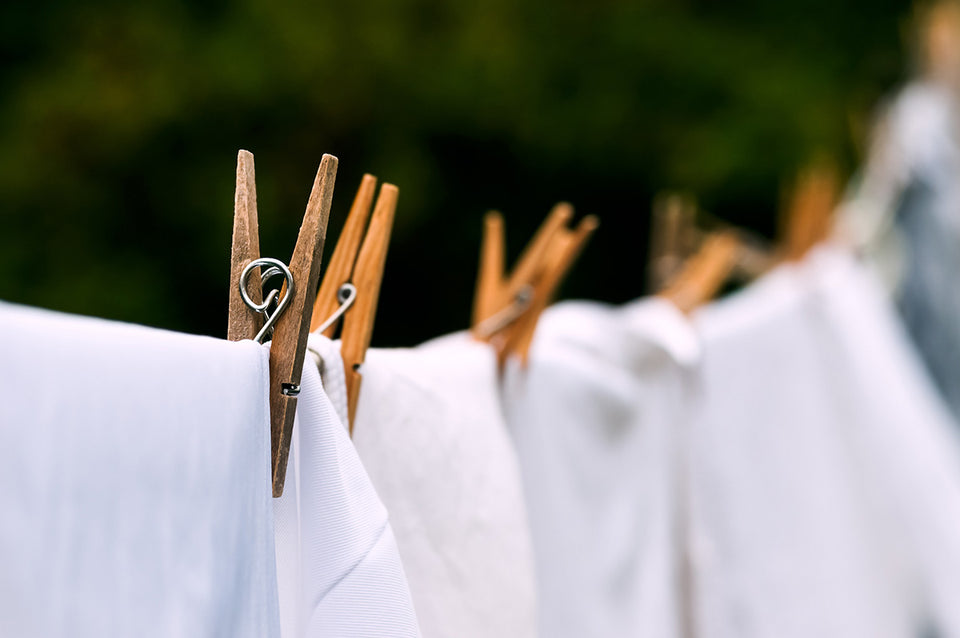
And, when storing your clothing, follow these steps to prevent yellow stains:
- Regularly wash your clothing.
- Sort your clothing when washing. Make sure that your delicate garments are laundered separately, not mixed in with bulky items or activewear.
- Dry black and white outfits separately. White clothing can be damaged by excessive heat, which also causes yellowing.
- Completely dry your clothing before packing it into boxes. Make sure your hands are clean when handling the clothing, as some lotions cause discoloration.
- Choose an appropriate container. If you have delicate fabrics, store them in a protective short garment bag using archival tissue paper free from lignin and acid. Storing clothing in plastic bags can cause yellowing, especially when exposed to heat and sunlight.
- Store the clothing somewhere dry, cool, and dark. Avoid hot places like garages and attics.
FAQs
1. What causes yellow stains on clothing?
Yellow stains are most often caused by a chemical reaction, such as aluminum and sweat, or plastics breaking down because of excessive heat. Over bleaching, poor rinsing, and too much or too little detergent can also cause yellowing.
2. What causes yellow stains on clothes after washing?
Yellow stains show up on clothing after washing for a number of reasons. The most common causes, though, include overloading the machine, using the wrong kind of detergent, or not using enough detergent. Enzymes from sweat or food stains can react to water or different kinds of detergent, causing the fabric to yellow. The good news is that those yellow stains can be remedied easily.
3. What causes a yellow stain?
Yellow stains are caused by a number of chemicals and fluids. Oxidation, nicotine, grease, bleach, sun exposure, improper rinsing, not using enough detergent, and aluminum-based deodorant can all cause yellow stains on clothing and linens. If you do not wash your clothing correctly, any chemicals or particles in the fabric will start to decompose and break down the fibers.
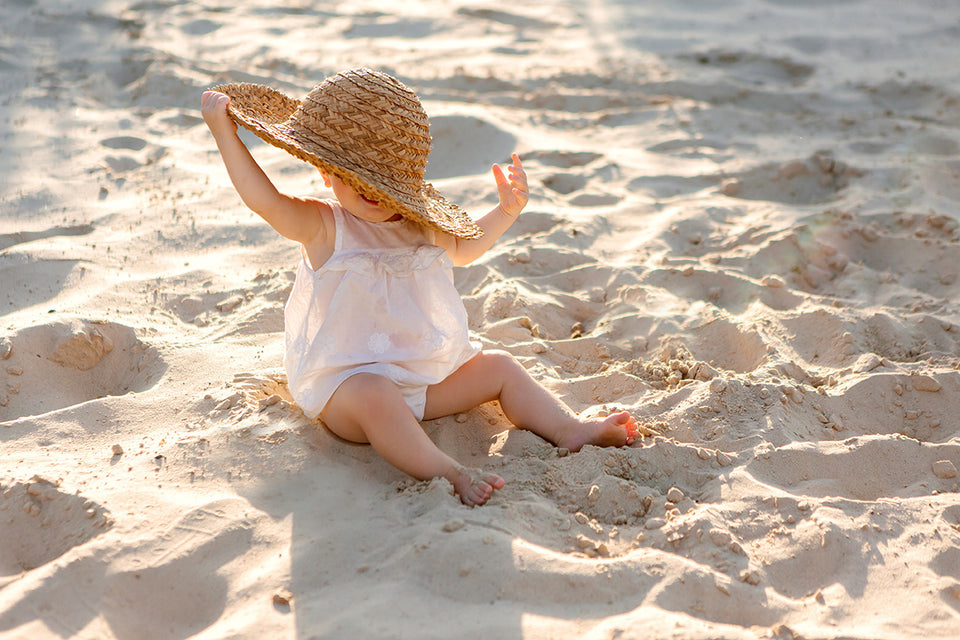
Yellow stains, though frustrating, can be removed easily with ingredients you likely have on hand. Smart, spot-cleaning techniques and a few, easy preventive actions will keep your most valuable pieces of clothing in pristine condition for years to come.
